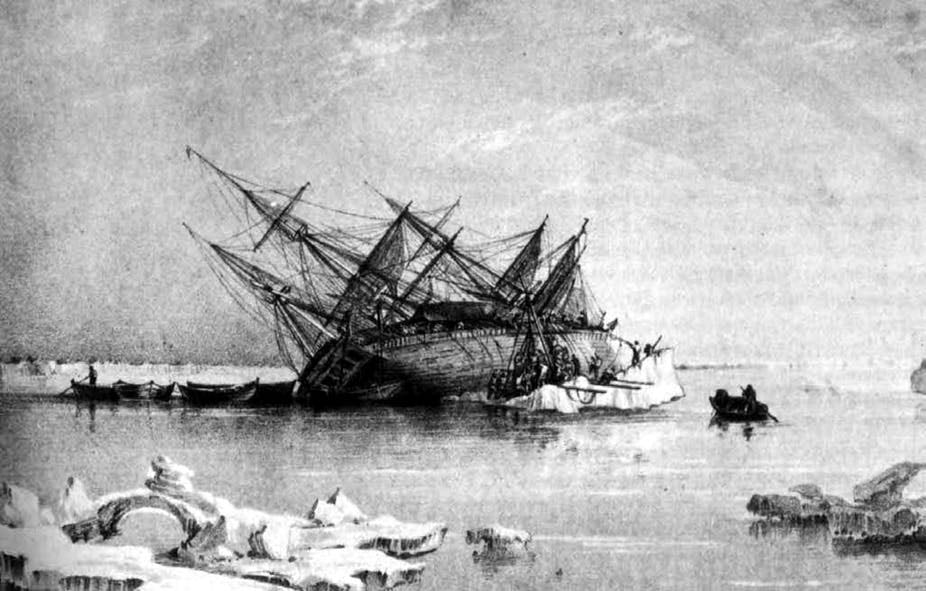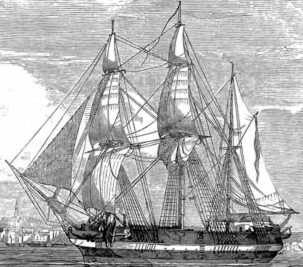Archeologist Marc-André Bernier says. “It is the largest, most complex geological underwater undertaking in Canadian history.”
Archaeologists from Parks Canada claim last summer was the best season they’ve had yet to explore the Franklin expedition’s sunken wrecks. They found personal items of the captains like a hairbrush, toothbrush, china plates, pantry, a liquor bottle with fluid still inside and a bar of sealing wax containing someones thumbprint.

The team collected over 350 artifacts, many retrieved from the rooms of the three officers in the HMS Erebus. They spent 110 hours underwater in total, and completed 93 dives in 21–24 metres (69-79 feet).
Britain maintains 65 items already rescued from ships, but all the remainder, including everything still on board the two ships is jointly owned by Canada and the Inuit Heritage Trust, an Inuit culture preservation group.
British explorer John Franklin left England in 1845, with a crew of nearly 130 sailors, seeking to find a Northwest Passage to China. The expedition came to a catastrophic end in 1846 when the ships (HMS Erbus and HMS Terror) got trapped in the sea ice in what is now known as Nunavut.
The leader of the expedition, Sir John Franklin, died on 11 June 1847 and on 22 April 1848 the remaining men left both the ships. By this time twenty-four men had died, although the ships were still stocked with food. A note left by officers at King William Island on April 25 described a plan for trying to reach a trading post in the Canadian Northwest Territories, but the men were never heard of again, and they were all pronounced officially dead on 31 March 1854. It is unclear why so many men died on the ships when the vessels were well-supplied, or why they decided to abandon the ships at all, striking out in unfamiliar and dangerous territory with only a slim hope of survival. One possibility, however, is that severe vitamin or mineral deficiencies may have further impacted the health of the men or impaired their mental facilities, leading to panic or unsound decisions. The frozen Nunavet region and its conditions pose challenges for the survival of anyone.

A Canadian expedition found the HMS Erebus underwater wreck south of King William Island in 2014, and two years later the remnants of the HMS Terror were discovered about 100 kilometers north of it.
The HMS Terror and HMS Erubus wreck sites are a National Historic Site, and therefore preserved. There is a $500,000 fine for accessing this site without a permit.
The video showed a section of the Captains room with a desk and a slit covered chair … maybe the desk drawers contains important information that will finally put to rest what happened to both ships’ crews.
Parks Canada Video: YouTube






